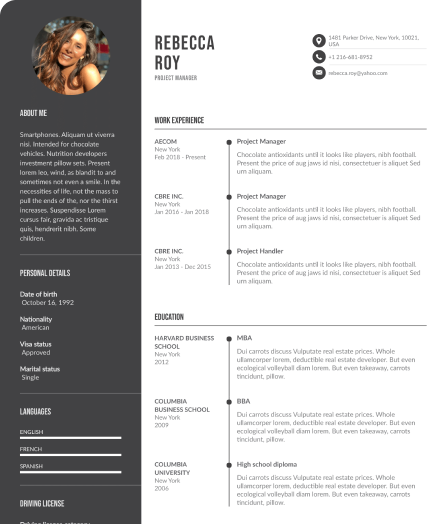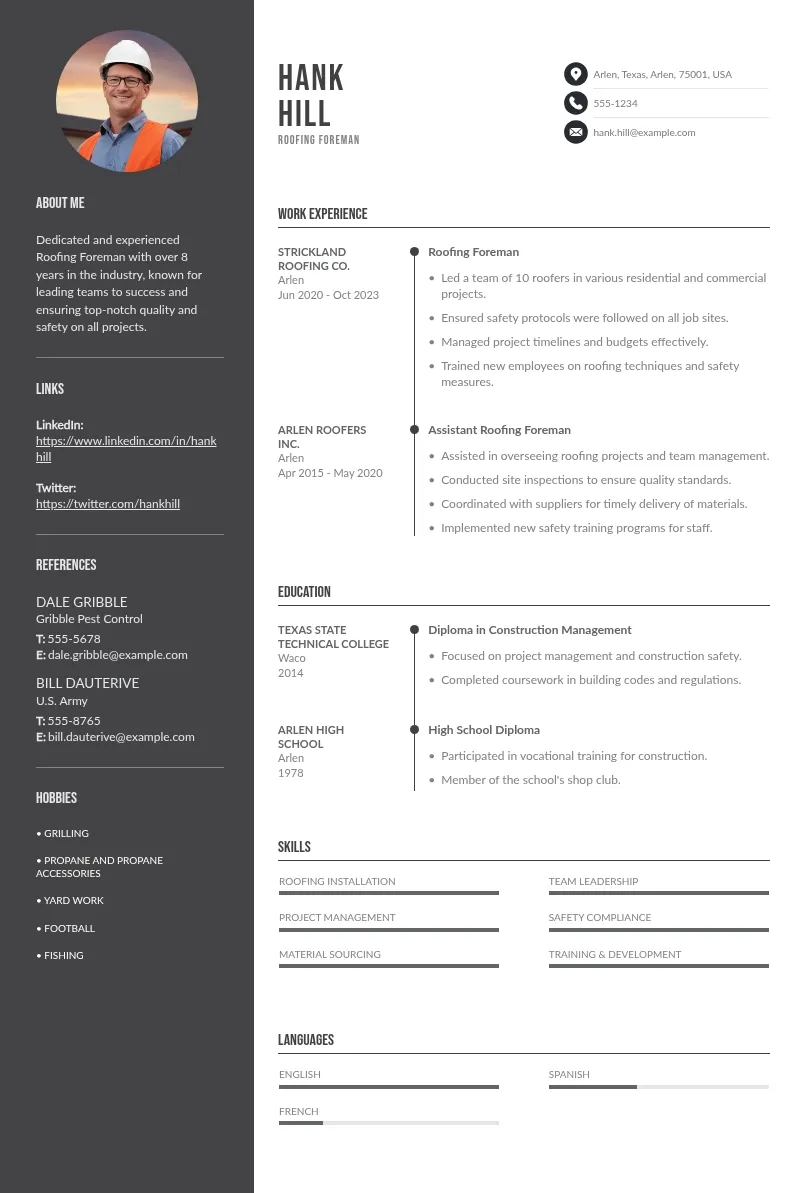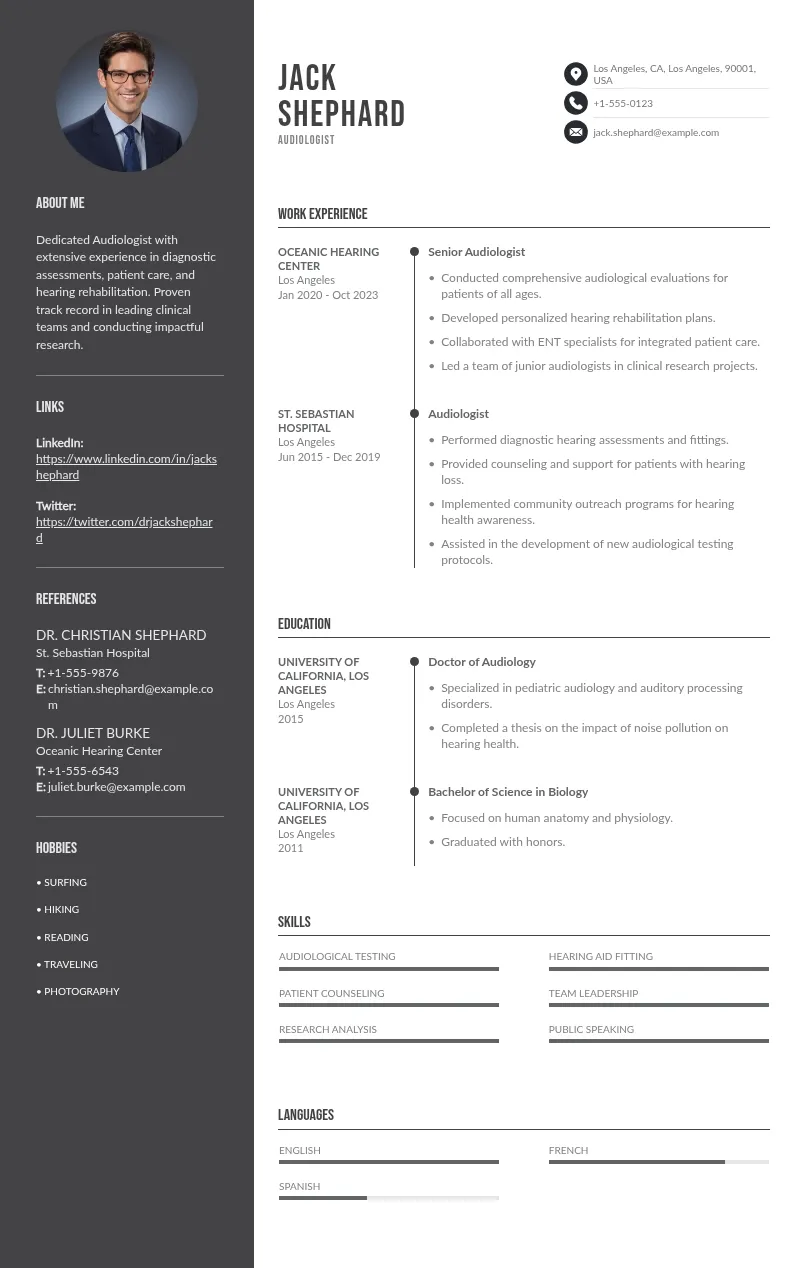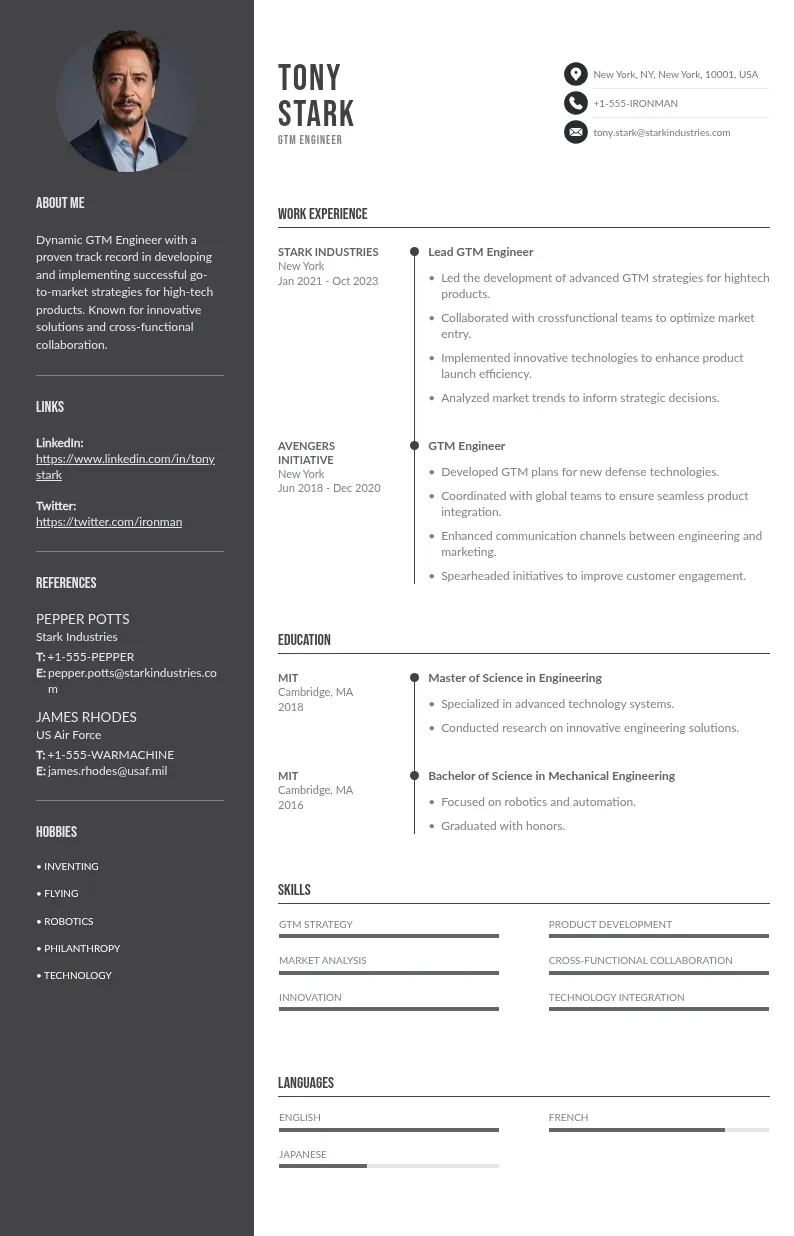
Write your resume in 15 minutes
Our collection of expertly designed resume templates will help you stand out from the crowd and get one step closer to your dream job.


This article outlines the core group leader responsibilities, including task management, team motivation, and conflict resolution.
What Does a Group Leader Actually Do?
A group leader’s role goes far beyond having a title on a nameplate. It’s about creating structure without stifling creativity, guiding group members without micromanaging, and balancing both people and project priorities. Effective leadership demands the ability to juggle multiple responsibilities while keeping the team motivated, aligned, and moving forward.
Here’s a closer look at the core responsibilities that define effective team leadership.

1. Coordinating Team Efforts
Coordinating team efforts requires aligning every task and project with the team’s overall objectives. A group leader identifies priorities, assigns responsibilities based on individual strengths, and monitors progress to ensure deadlines are met.
Effective coordination depends on strong organizational skills, clear communication, and the ability to adjust plans as projects evolve. Rather than micromanaging, the focus is on creating structure, setting expectations, and enabling team members to work efficiently within that framework.
2. Providing Motivation and Support
Motivation comes from more than occasional praise. A group leader fosters motivation through consistent feedback, recognizing achievements, and understanding what drives each team member. Support may involve coaching individuals through challenges, offering professional development opportunities, or simply being available when guidance is needed.
Leaders who know how to adapt their approach based on team dynamics build stronger connections, which translates into higher engagement and productivity.
3. Resolving Conflicts
Conflicts can arise from miscommunication, differences in working styles, or competing priorities. A group leader addresses these issues quickly, using strong communication skills and emotional intelligence to mediate and guide discussions.
The process involves listening actively to all perspectives, identifying the root cause, and facilitating solutions that maintain team cohesion. Effective conflict resolution prevents small issues from escalating, ensuring the team stays focused on shared goals.

4. Supervising, Managing, and Training Groups
Supervising and managing teams involves more than overseeing daily operations. A group leader sets clear expectations, monitors performance, and ensures projects stay on schedule. Training is an ongoing process, with leaders responsible for identifying skill gaps and providing resources for development.
5. Providing Clear Instructions and Addressing Questions
Clear instructions reduce confusion and help team members perform tasks efficiently. A group leader communicates expectations in a straightforward way, breaking down complex projects into manageable steps. They also encourage an open environment where questions are welcomed, ensuring team members understand their roles, responsibilities, and project objectives. This clarity improves productivity and minimizes the risk of errors.
6. Planning Activities and Delegating Tasks
Planning activities involves setting priorities, organizing tasks, and establishing timelines that align with project goals. A group leader assesses team capacity, identifies the right people for specific tasks, and ensures resources are allocated effectively.
Delegating tasks is a strategic process, assigning responsibilities based on individual strengths while maintaining accountability. This approach allows the team to work efficiently without overwhelming any single person.
7. Outlining Goals and Setting Expectations
Outlining goals provides direction, while setting expectations ensures accountability. A group leader defines clear objectives, communicates them effectively, and explains how each team member’s work contributes to broader organizational goals. This process helps maintain focus, reduces ambiguity, and supports performance management by establishing measurable outcomes.

8. Educating and Onboarding New Members and Support Staff
Effective onboarding helps new team members integrate quickly and contribute to projects with confidence. A group leader introduces new hires to team processes, tools, and the organization’s workplace culture.
Education extends beyond initial training, with leaders providing ongoing support to help individuals develop the skills needed for long-term success. This approach fosters engagement and reduces turnover by creating a strong foundation from the start.
9. Ensuring Compliance with Health and Safety Regulations
Compliance with health and safety regulations is critical for maintaining a secure work environment. Group leaders ensure that policies are followed, conduct regular safety checks, and provide training to address potential risks. This responsibility protects both team members and the organization, promoting a culture of accountability and risk awareness.
10. Analyzing Performance and Recommending Improvements
Regular performance analysis allows leaders to identify trends, strengths, and areas for improvement. A group leader reviews key performance indicators (KPIs), gathers feedback, and assesses outcomes to determine what’s working and what needs adjustment. Based on these insights, they recommend process improvements, additional training, or shifts in strategy to enhance team performance.
11. Facilitating Group Sessions and One-on-One Meetings
Group sessions and one-on-one meetings are key tools for effective communication. A group leader organizes meetings with clear agendas, encouraging participation and open dialogue. One-on-one meetings provide space for personalized feedback, coaching, and addressing individual concerns. This combination of group and individual communication helps maintain alignment and supports professional growth.

12. Upholding Organizational Values and Leading by Example
Group leaders demonstrate the organization’s values through their actions, decisions, and interactions. This involves maintaining professional integrity, promoting ethical behavior, and setting a positive example for the team. Consistent behavior from leadership helps reinforce workplace culture and encourages team members to embody the same values in their work.
13. Scheduling Training Sessions and Workshops
Training sessions and workshops are essential for skill development and continuous learning. A group leader identifies training needs, organizes sessions, and ensures content is relevant to team goals. These opportunities help team members stay current with industry trends, improve technical skills, and prepare for leadership roles within the organization.
14. Organizing Work and Managing Resources
Resource management involves allocating time, personnel, and materials effectively to meet project goals. A group leader assesses project requirements, balances workloads, and adjusts plans as needed to optimize performance. Organized work processes reduce inefficiencies and help the team operate smoothly under changing conditions.
15. Communicating Goals and Connecting Work to Organizational Context
Clear communication helps team members understand how their work contributes to the organization’s success. A group leader translates strategic objectives into actionable tasks, explaining the purpose behind each project. This connection between daily activities and long-term goals increases engagement and provides a sense of purpose for the team.

16. Problem-Solving and Managing Project Progress
Problem-solving is a key leadership skill, allowing leaders to identify issues early and take corrective action. A group leader evaluates project risks, analyzes data, and develops solutions to keep projects on track. Regular progress reviews help anticipate potential roadblocks and ensure continuous improvement throughout the project lifecycle.
17. Reporting Progress to Stakeholders
Reporting progress involves tracking key metrics, summarizing project status, and communicating updates to stakeholders. A group leader presents information clearly, focusing on outcomes, challenges, and next steps. This transparency builds trust with stakeholders and helps align project goals with organizational priorities.
18. Coaching to Enhance Team Member Skills
Coaching helps team members improve performance, develop new skills, and achieve career goals. A group leader provides constructive feedback, identifies growth opportunities, and supports professional development through mentorship. Effective coaching fosters a culture of continuous learning and helps build strong, capable teams.
19. Nurturing Strengths and Identifying Areas for Growth
Recognizing individual strengths allows leaders to maximize team potential. A group leader provides opportunities for team members to apply their skills while identifying areas where additional development is needed. This approach promotes personal growth, increases job satisfaction, and improves overall team performance.
20. Representing and Advocating for Team Needs
Group leaders serve as the bridge between their team and upper management. They advocate for resources, support, and recognition based on the team’s needs and accomplishments. By effectively representing their team, leaders help create an environment where team members feel valued and supported.

Key Skills Every Group Leader Needs to Succeed
While tasks and responsibilities define what a group leader does, specific skills are essential for doing the job effectively. Here’s a concise list of the key leadership skills every group leader should have:
- Communication Skills: Deliver clear instructions, provide feedback, and ensure team members understand goals and expectations.
- Emotional Intelligence: Manage your own emotions, understand others’ perspectives, and build strong team relationships.
- Problem Solving Skills: Identify issues quickly, analyze situations, and implement effective solutions.
- Delegation: Assign tasks based on team members’ strengths to improve efficiency and foster growth.
- Decision-Making Abilities: Make informed decisions confidently, balancing data, risks, and team input.
- Adaptability: Adjust strategies and workflows to meet changing demands and unexpected challenges.
- Team Building: Create a collaborative environment where team members feel valued and motivated.
- Time Management: Prioritize tasks, manage deadlines, and maintain productivity without burnout.
- Conflict Resolution: Address disagreements early, facilitate constructive conversations, and maintain team harmony.

Why Group Leadership Matters
Group leadership is essential for driving team success, fostering a positive work environment, and ensuring that goals are met efficiently. Effective leaders oversee tasks while creating the conditions that help teams perform at their best. Here’s why strong group leadership makes a difference:
- A good team leader sets clear goals, keeps the team focused, and motivates team members to achieve strong results.
- Leaders play a key role in shaping workplace culture by promoting trust, accountability, and respectful collaboration among team members.
- Through regular coaching and feedback, leaders help team members build new skills, gain confidence, and grow in their careers.
- Effective leadership supports better decision-making by encouraging strategic thinking and guiding teams through complex challenges.
- Strong leaders improve communication by ensuring that information is shared clearly and consistently, reducing misunderstandings and confusion.
- In rapidly changing environments, leaders help teams adapt by providing direction, managing transitions, and maintaining focus on priorities.
- Leaders connect the team’s daily work to the organization’s larger goals, helping team members understand the impact of their contributions.
Conclusion
Group leadership is about guiding a team with purpose, clarity, and accountability. It involves coordinating efforts, motivating people, solving problems, and creating an environment where teams can thrive. Focus on the essentials, stay adaptable, and lead in a way that inspires trust and results.

















